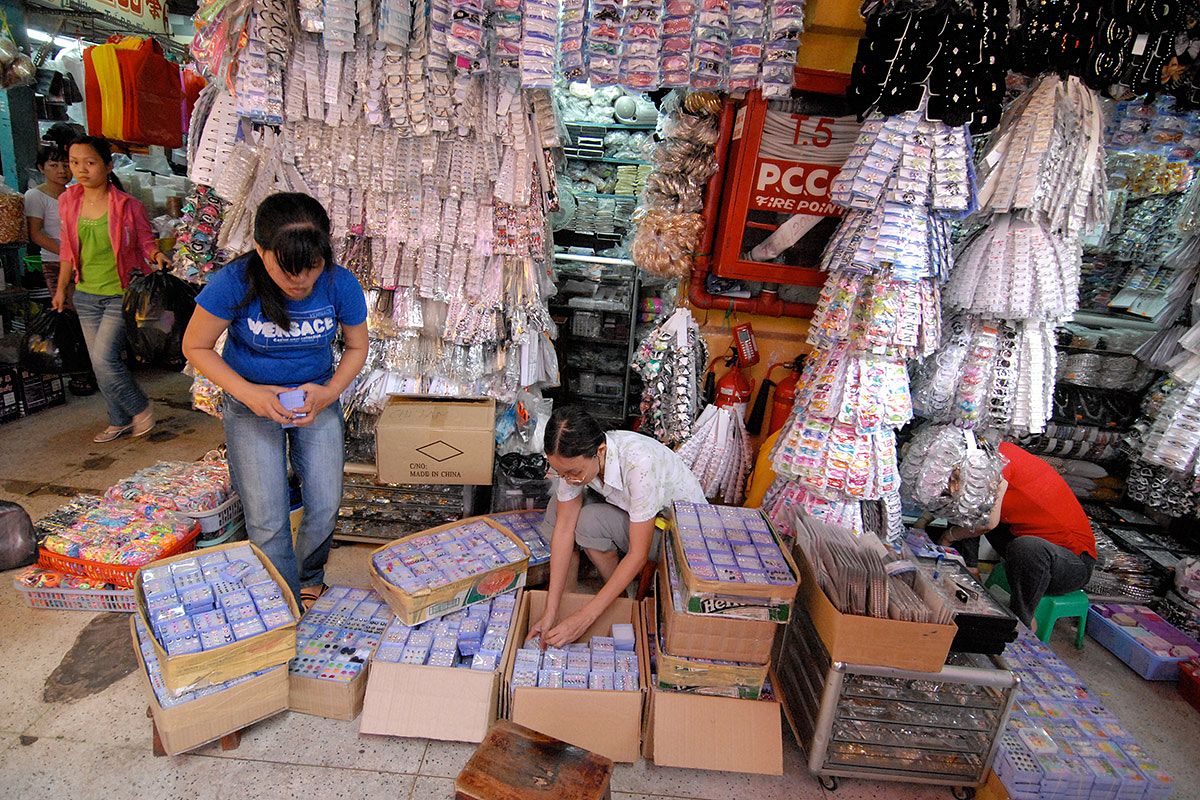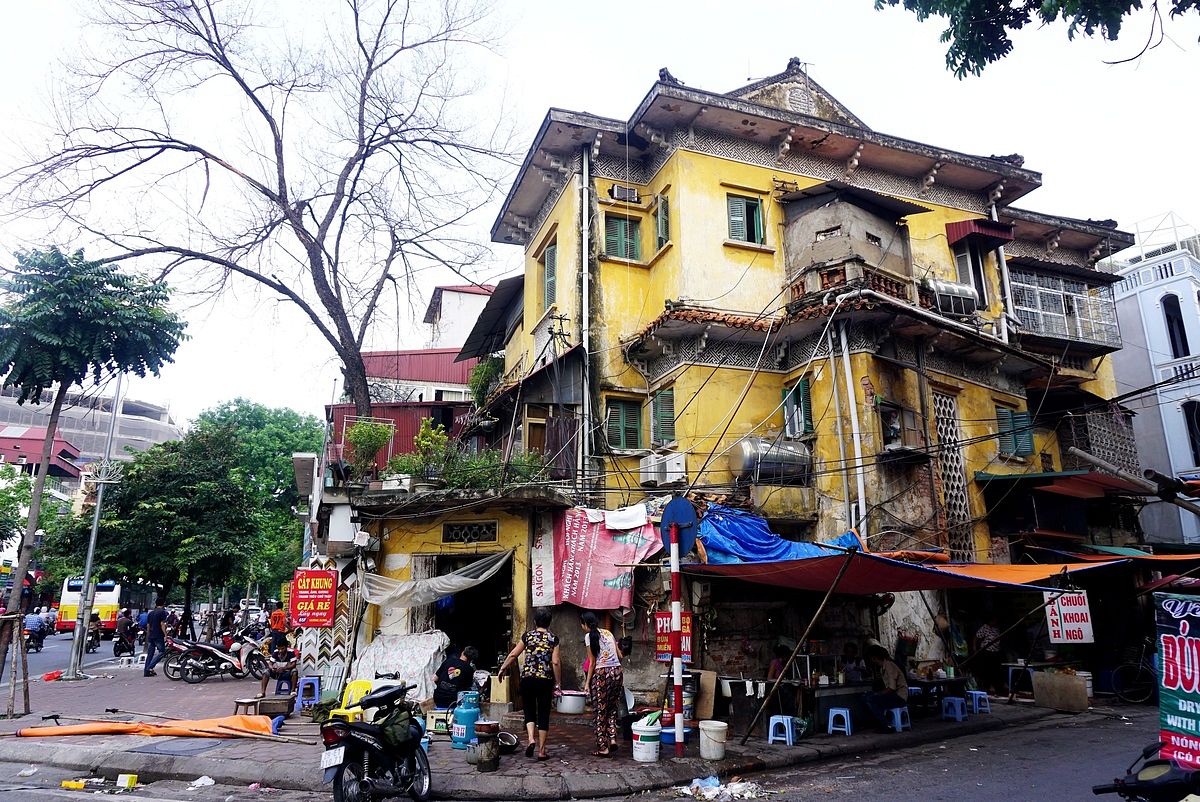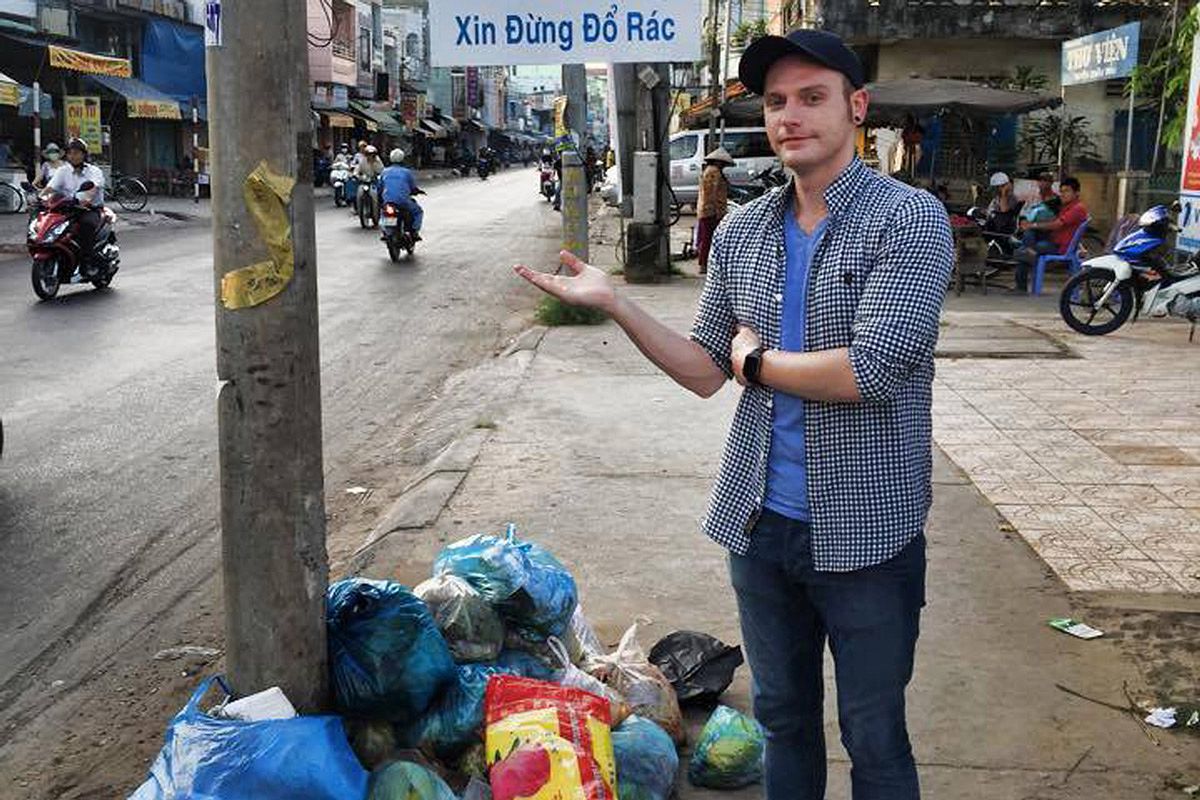In the first of a two-part series, cultural and environmental anthropologist Jacob Weger explains why it won't stop raining.
Related Articles:
- [Photos] Saigon Turns Into Swimming Pool After Torrential Downpour
- [Photos/Video] Saigon Floods Aren't Over Yet
It’s early October and we’re (still) deep in the midst of rainy season in southern Vietnam. Showers are a daily event, monsoon-style torrents fall from the sky and streets occasionally disappear under water. Think back to that end-of-days-like downpour earlier this month, for example, or the lingering floods that hung around the city long after. Try as you might to compensate for the gusting winds and heavy rain, monsoon season affects everything in Vietnam.
But what, exactly, are these monsoons? Where do they come from? Are they signs of an impending apocalypse? Allow me to explain.

Why this happens every year
Monsoons are essentially giant sea breezes. But where sea breezes are local, daily affairs, monsoons operate seasonally and on a much larger scale. The difference in land and ocean temperatures helps to create these storms, driving cooler, moist air from the sea over land in summer and reversing direction in winter. These changes are responsible for the onslaught of rainstorms and high winds that we all know and love or, at the very least, tolerate.
Climate scientists generally divide the global monsoon system into three major categories: Asian-Australian, American and African. Each of these is made up of several subsystems; within the Asian-Australian system alone, there are at least five major subsystems. Mainland Southeast Asia – Vietnam included – gets double duty at the intersection of the Indian and East Asian monsoons.

Photo via NASA.
Wherever you are in the world, monsoons happen in the same way: the sun heats the land during the day, which in turn heats the air directly above it. That air becomes less dense, causing it to rise. The same thing happens in oceans and seas, but because water temperatures climb at a slower rate than land temperatures, these bodies of water remain cooler than the sun-heated land next door. As a result, the air above it remains cooler and denser as well.
Thanks to this difference in pressure, warm air rises over the land, leaving room for cool air from the sea to move in and replace it, causing a circulation that often reverses direction at night as the land cools.
In Asia, the continent heats up to a greater degree than the nearby Indian and Pacific Oceans, creating a massive contrast between the pressure and temperature of water and land. Air from over the oceans then flows onto land, bringing with it a huge amount of moisture. When this air hits the low-pressure areas over land, it rises. The moisture condenses, the rain falls and Saigon becomes a swimming pool.

Why it's especially rainy in Southeast Asia
On mainland Southeast Asia, monsoons are affected by both the Indian and East Asian subsystems, with some influence from the Western North Pacific subsystem. It starts in early summer a few miles above sea level with rapid heating over the Tibetan Plateau before warming up the Indochina peninsula and surrounding areas. From there, the Indian monsoon expands eastward from the Indian Ocean, drenching the region in torrential rains.
By May, rainy season arrives in Vietnam with dense convective clouds, heavy rainfall and low-level winds from the southwest. The East Asian monsoon supplies additional moisture from the Indian Ocean and East Sea, driven by the heating of the eastern part of the Asian continent. These monsoons continue to expand eastward and northward, eventually reaching other parts of East Asia.
For all the inconvenience a four-hour downpour might cause us city folk, monsoons are of crucial importance to the hydrological cycle in Asia. Everything – and everyone – depends on these rainstorms, from the environment to the global economy to the country's food supply.
That said, both the timing and intensity of the monsoon season can vary from year to year, affecting the country in more ways than one. In the next section, we’ll explore some of the causes of that variability and what changes might happen to Southeast Asia's monsoons as global warming continues.














